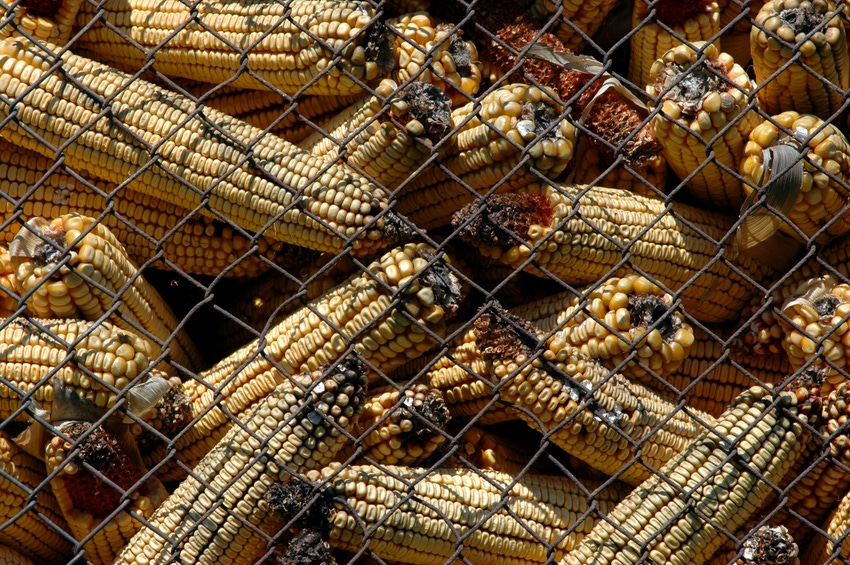Testing for contamination and staying informed about regional challenges is key to mitigating mycotoxin management.

Early detection of mycotoxins can be critically important to producers, feed professionals and especially the animals they raise.
As part of its mycotoxin risk management program, Biomin conducts annual surveys to assess the occurrence of mycotoxins in the new-crop corn from the U.S.
So far this season, Biomin has analyzed 177 corn samples from 23 states for six major mycotoxin families, including: alfatoxin, type-B trichothecenes, fumonisins, zearalenone, ochratoxin and type-A trichothecenes. Testing was conducted by independent laboratories using liquid chromatography-tandem mass spectrometry, Biomin noted.
According to the company in a news bulletin, the early results show:
* 93% of samples tested positive for at least one mycotoxin, and
* 58% of samples tested positive for more than one mycotoxin.
Biomin pointed out that there were "clear and pronounced differences" from state to state in the prevalent types of mycotoxins being uncovered, indicating the development of contaminated regional hotspots, such as:
* Although overall prevalence of deoxynivalenol (DON or vomitoxin) across the country is 64%, of samples included in Biomin's report, 94% of those from Iowa and 100% from Minnesota were positive for DON.
* Major corn-producing states such as Illinois, Missouri and certain southern states are having high contamination levels of fumonisin. The average level in Illinois is 2,380 parts per billion, and the average fumonisin level in Missouri is 7,844 ppb, Biomin reported.
Testing for contamination and staying informed about regional mycotoxin challenges is of upmost importance, Biomin said, noting that developing a robust plan for mycotoxin mitigation will be key for safeguarding livestock this season.
Biomin's most recent U.S. mycotoxin report is available here. In a disclaimer included with the report, Biomin said it and the report authors had no influence on the sampling process of the investigated samples. Therefore, the contamination levels found in the samples do not necessarily reflect the actual contamination level of these regions/commodities. However, the samples provide more insight into the range and levels of mycotoxins that can be found in diverse commodities of various regions, Biomin added.
About the Author(s)
You May Also Like



